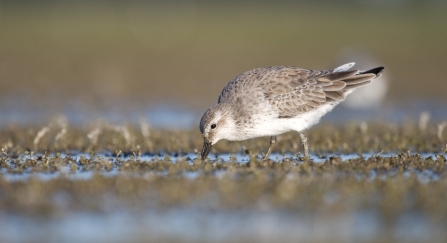I don’t know about you, but wherever I go, I am always watching out for wildlife. Nature is a constant backdrop to my life and I find it hard to comprehend living in a world where I am not constantly scanning or listening for things. As I walk down a street, I can’t help but notice the ticking call of a wren or the repetitive notes of a song thrush singing. As I walk a footpath, there are the flowers in the verge and even when I’m driving, I notice the buzzard floating above the trees – although maybe I should caveat that one with a ‘don’t try this at home’ message!
I’d like to think that as well as always being on the lookout, watching wildlife is a constant learning process too. My enjoyment comes from seeing both the familiar and the unusual, and the view and the circumstances can be as much part of the experience as the species itself. And as you learn, you want to see more and experience more. With that comes a need for fieldcraft.
Fieldcraft is the art of knowing how to behave, what to do and watch for, and the knowledge behind what species do when and where. And as much as it is about allowing you to see and experience amazing wildlife, it is also about consideration of the species itself and the habitat in which it lives.


